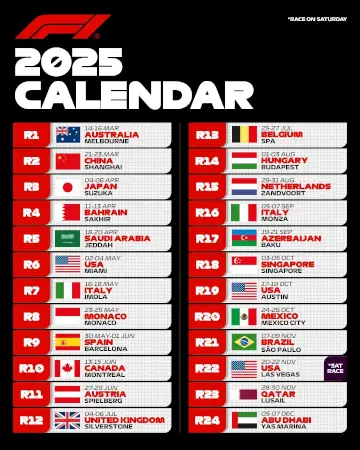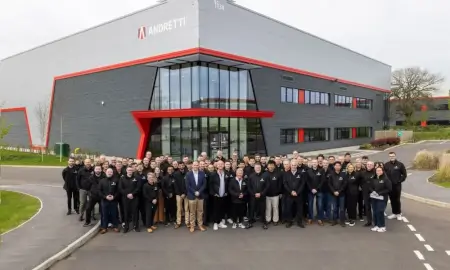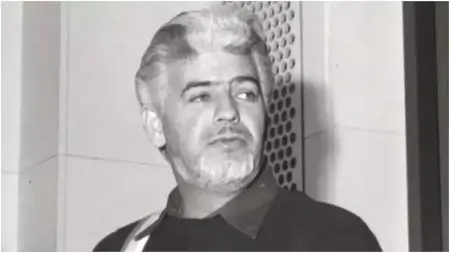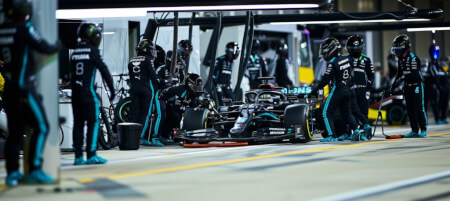October 13th 2023
McLaren to trial recycled carbon fiber parts at COTA
McLaren will trial recycled carbon fiber (rCF) parts on its MCL60 at this year’s United States Grand Prix as part of its aim to develop a “fully circular F1 car.”
The trial, done in conjunction with composites firm V Carbon, will be the first of its kind in motorsport. By using recycled materials, the parts’ life cycle emissions will be reduced by 90 percent – equating to a 27 tonne reduction in carbon emissions from the production process for each tone of material used. To put that into perspective, if only a single percent of carbon fiber produced in 2022 was made in this way, it would cut carbon emissions by 32,535 percent, or half of McLaren Racing’s entire carbon footprint from last year, with the manufacturing of its racing cars being one of the largest contributing factors to that figure.
“Developing a fully circular F1 car is our moonshot. We know that innovating in this space has the potential to make a large contribution to achieving our ambitious sustainability goals,” said Kim Wilson, director of sustainability, at McLaren Racing. “Using recycled carbon fiber in key parts of the F1 car at this year’s U.S. GP and analyzing their performance on the track is a vital step towards reducing the overall GHG emissions of our car manufacture.
“Developing a fully circular F1 car is our moonshot. We know that innovating in this space has the potential to make a large contribution to achieving our ambitious sustainability goals,” said Kim Wilson, director of sustainability, at McLaren Racing. “Using recycled carbon fiber in key parts of the F1 car at this year’s U.S. GP and analyzing their performance on the track is a vital step towards reducing the overall GHG emissions of our car manufacture.
“V Carbon’s new technology, as with many other pioneering developments in F1, also has the potential for wider application across other industries, so we’re excited to explore next steps.”
Following the trial at Circuit of the Americas, which will involve cockpit branding panels featuring the V Carbon logo being made from (rCF), McLaren intends to continue the trial for the remainder of the season and introduce additional parts manufactured in the same way further down the line.
“We’re proud to team up with V Carbon to lead the charge in sustainable materials, running with recycled carbon fiber at the Austin GP,” said McLaren’s chief operating officer Piers Thynne. “The potential future applications of rCF are hugely exciting. V Carbon offers up to 85 percent of carbon fiber original strength, making it strong enough for a variety of applications in F1, and beyond.
“We will continue to work closely with the FIA, F1 and fellow teams to help accelerate change.”
McLaren being the first team to trial recycled composites is rather fitting, since it was also the first team to race a carbon fiber Formula 1 car when it debuted the MP4/1 in 1981. The John Barnard-designed MP4/1 was produced with Salt Lake City-based Hercules Aerospace on the recommendation of McLaren engineer Steve Nichols, who’d previously worked for Hercules.
Lotus almost beat it to the punch, though. It trialed the idea with the Lotus 88 in practice for the 1981 U.S. Grand Prix, but it was banned from competing after teams protested against its twin-chassis design on the grounds that it breached rules around moveable aerodynamic devices. McLaren’s own take debuted two races later in Argentina, with John Watson retiring the only entered MP4/1 with a transmission issue.
For more information: www.racer.com
For more information: www.racer.com













